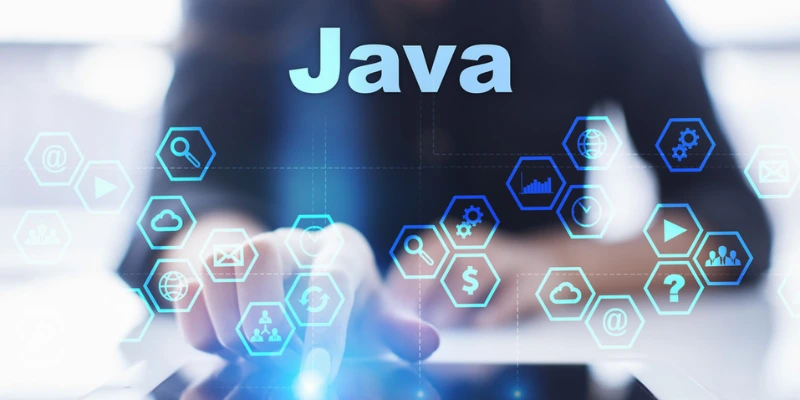
In Java programming, input and output (I/O) streams play a key role in enabling communication between a program and external sources like files, networks, or memory. These streams provide structured ways to read and write data, forming the basis for how Java applications process information. Learning how I/O works is often one of the first hands-on experiences students gain in a Java Course in Salem, where foundational topics like these are introduced through guided coding sessions.
Understanding I/O Streams in Java
Java’s I/O streams are classified into two major types: byte streams and character streams. Byte streams are used to process raw binary data such as images, videos, or other non-text files. In contrast, character streams handle textual data and include built-in support for Unicode, allowing for internationalization and compatibility with multiple languages.
At the heart of the I/O system are abstract classes like InputStream and OutputStream for handling byte data, and Reader and Writer for handling character data. These base classes are extended by specific implementations tailored for files, memory buffers, or even network sockets. Building comfort with these structures helps learners understand how Java manages different forms of data communication.
How Input and Output Streams Function in Java
An input stream allows a program to read data sequentially either byte by byte or character by character while an output stream sends data to external destinations. Classes like FileInputStream and FileOutputStream allow for direct file manipulation. Buffered streams such as BufferedInputStream or BufferedWriter improve performance by reducing the frequency of I/O operations.
Buffering is a strategic technique to group multiple reads or writes, enhancing speed and minimizing system overhead. These distinctions are covered in depth in advanced sessions during Java Training in Trivandrum, where learners are encouraged to implement both buffered and unbuffered streams in real-time applications.
Character Streams and Their Role in Text Processing
When working with text, character streams make the process more manageable. They support encoding schemes and simplify line-by-line reading or writing through classes like BufferedReader and BufferedWriter. These tools are ideal for handling user input, log files, or protocol data. For developers building applications with international users in mind, mastering character streams ensures accurate handling of different languages and symbols. This is why practical modules in the Java Course in Trichy often include tasks centered on encoding, decoding, and formatting text, ensuring that developers can confidently manage globalized applications.
Best Practices for Java I/O Stream Management
Working with Java I/O streams efficiently involves more than just using the right classes. Developers must manage resources carefully to avoid memory leaks or data corruption. The try-with-resources statement, introduced in Java 7, ensures that streams are closed automatically, which is considered a modern best practice.
Optimizing performance also involves choosing the right buffer sizes and being mindful of character encoding, especially when moving data between systems. Security plays an equally important role validating input and sanitizing output helps protect applications from vulnerabilities. Topics like What is Java and its Strength often explore these critical aspects, reinforcing how Java’s design supports safe and scalable development practices.
Why Java I/O Streams Matter in Application Development
A deep understanding of Java’s I/O streams is essential for building responsive, efficient applications. Whether you’re working with files, sockets, or user inputs, knowing how to leverage input and output streams helps you write cleaner, more maintainable code. For those looking to enhance their Java expertise, joining a Java Course In Gurgaon provides valuable exposure to real-world projects that involve reading and writing data across various mediums. Through such practical learning, developers not only improve their technical skills but also gain the confidence to tackle complex software development tasks effectively.
Also Check: Benefits of Mastering the Java Programming Language
